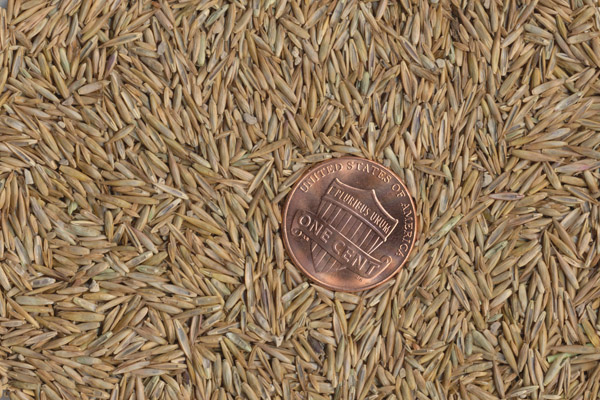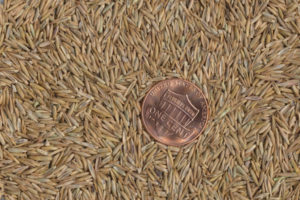
Need for Seed
By Mike Finlay, Richland County Forester

There are two important considerations when seeding temporary roads.
1). Know approximately how much area you will seed, in acres. For example, 1 acre is equal to 12ft. wide road X 3/4 mile (or 3960 ft.) Use this calculator to enter your road width and length.
2). Good seed mixes include fast-growing species for quick soil protection (typically annuals), plus perennial species for longer soil protection. They may also include (or avoid…your choice) species, such as clovers, attractive to deer.
Example Seed Mix and Do NOT Plant List
3). Mulching over the seed may be necessary on dry or highly erodible sites. Make sure you do not plant invasive species (see DO NOT Plant List).
4). Buy your seed through agricultural supply dealers or native seed nurseries (see links below).
-
- Blackhawk Hills Logging Mix (25 lbs. version) available at Dodgeville Agri-Service 1 (608) 935-3371
- Agrecol seed nursery – native prairie and woodland grasses and flowers available
5). Wisconsin’s Forestry Best Management Practices for Water Quality is a great resource for road design, construction, and maintenance. Get your copy here
